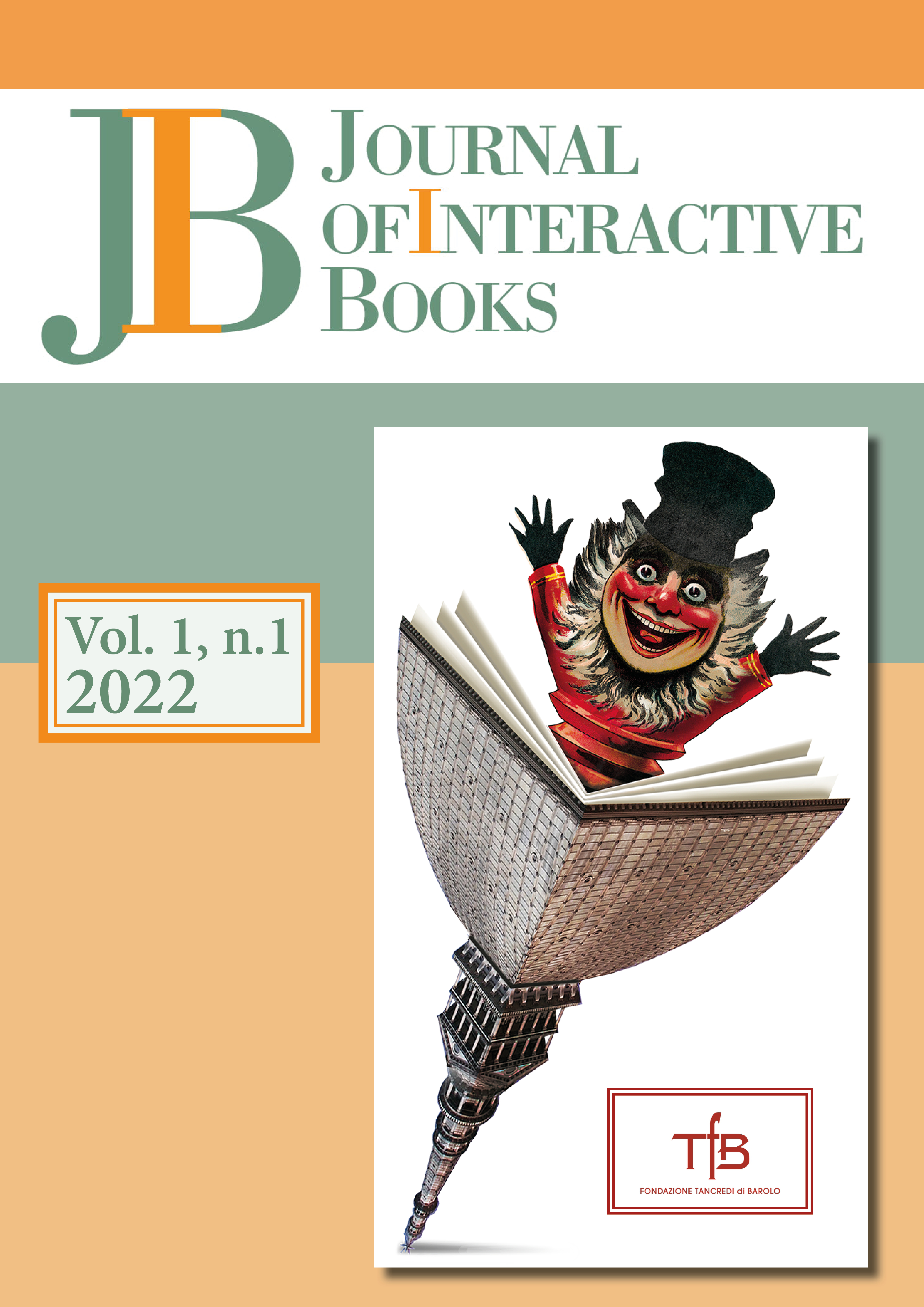Far from ordinary – Conservation of pop-up techniques
from 19th century children’s books
Parole chiave:
Pop-up children's books; Conservation; MeggendorferAbstract
With their pull-tabs and pop-outs, their wheel-charts and flaps, their pop-ups and pull-downs. Based on
examples the special challenge of conserving these books will be explained. Not only the torn and deteriorated
paper has to be treated, but also the connection between the parts of the mechanics, which can
consist of metal, cloth or other materials. There can be missing or loose parts within the picture or the
connecting mechanics. The parts have to be reconstructed to restore them to their original function. The
treatment of animated books differs from the conservation of books with just flat pages as they are filled
with 3D pictures. A great deal of creativity is required during the conservation process in order to achieve
a satisfactory result. The State Library of Berlin houses one of the few large scientific special collections of
children’s and young people’s literature. The collection puts one focus in collecting historical children´s
books, as one of the most extensive and important of its kind in Europe. Particularly interesting are animated
books from the end of the 19th century as a special category. Even in these early times of children’s books
publishing, animated books contained a variety of very complex paper constructions. Among others,
Lothar Meggendorfer is notable as one of the most famous artists and authors. Mechanical damages represent
the greatest challenge for the conservators. These result from handling - not always very careful
children’s hands – but also due to the poor quality of the material often used. As a consequence of the
different damages, the construction may not work properly or not work at all. The correct functioning of
the moving parts is essential to the readers understanding of the animated book. These books are far from
ordinary.
Downloads
Pubblicato
Fascicolo
Sezione
Licenza

TQuesto lavoro è fornito con la licenza Creative Commons Attribuzione 4.0 Internazionale.
JIB è una rivista ad accesso aperto che applica una licenza "Creative Commons - Attribuzione" (CC-BY) a tutto il materiale pubblicato.
Con la licenza CC-BY, gli autori mantengono il copyright sui loro contributi, garantendo tuttavia a chiunque la possibilità di scaricare, riusare, ristampare, modificare, distribuire e/o copiare i materiali pubblicati da JLIS.it, con la sola condizione che siano correttamente citati l'autore e il titolo della rivista. Non è necessario richiedere ulteriori autorizzazioni all'autore o alla redazione della rivista.


